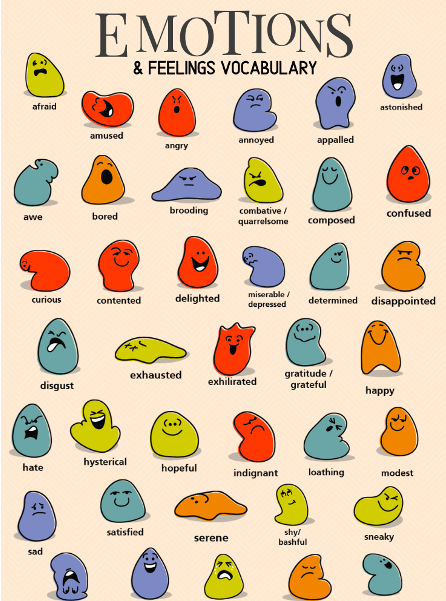Generational trauma refers to the transmission of trauma from one generation to the next. It is the idea that the effects of trauma can be passed down through genetics, behaviors, and family dynamics. This concept suggests that trauma experienced by one generation can impact the mental, emotional, and even physical well-being of subsequent generations.
Different ways in which generational trauma can manifest, such as through the perpetuation of abusive behaviors, the development of mental health issues, or the adoption of maladaptive coping mechanisms. For the sake of this blog we will be looking at maladaptive behaviors.
Adoption of maladaptive coping mechanisms can be a result of generational trauma. When individuals experience trauma, they may develop coping mechanisms to help them deal with the overwhelming emotions and stress. However, if these coping mechanisms are maladaptive, meaning they do not effectively address the trauma or contribute to long-term healing, they can be passed down to future generations. This can create a cycle of unhealthy coping strategies that perpetuate the effects of trauma.
Maladaptive coping mechanisms are behaviors or strategies that individuals use to deal with stress or difficult emotions, but they are ultimately ineffective or harmful in the long run. Some examples of maladaptive coping mechanisms include:
1. Substance abuse: Using drugs or alcohol as a way to escape or numb emotional pain.
2. Self-harm: Engaging in self-injury, such as cutting or burning oneself, as a way to cope with emotional distress.
3. Avoidance: Avoiding or withdrawing from situations or people that trigger negative emotions, instead of facing and addressing them.
4. Denial: Refusing to acknowledge or accept the reality of a situation, which can prevent individuals from seeking help or making positive changes.
5. Emotional eating: Using food as a way to cope with stress or emotions, leading to unhealthy eating habits and potential weight gain.
6. Excessive spending: Engaging in impulsive or excessive shopping as a way to temporarily feel better, but ultimately leading to financial problems.
7. Procrastination: Putting off tasks or responsibilities until the last minute, which can lead to increased stress and negative consequences.
8. Isolation: Withdrawing from social interactions and relationships, which can contribute to feelings of loneliness and depression.
These are just a few examples, and it's important to note that everyone copes with stress differently. However, when coping mechanisms become maladaptive, they can interfere with daily functioning and overall well-being.
Healing from generational trauma in therapy can be a complex process, but there are several approaches that can be effective. Some common therapeutic techniques used to address generational trauma include:
1. Trauma-focused therapy: This type of therapy focuses specifically on addressing and processing traumatic experiences. Techniques such as cognitive-behavioral therapy (CBT), eye movement desensitization and reprocessing (EMDR), and somatic experiencing may be used.
2. Narrative therapy: This approach involves exploring and reframing the stories and narratives that individuals and families have about their trauma. By examining and challenging these narratives, individuals can gain a new perspective and create a more empowering narrative for themselves.
3. Mindfulness and meditation: These practices can help individuals develop a greater sense of self-awareness and regulate their emotions. Asking the question of “Is this something I believe?” and pausing gives the body the opportunity to begin to question if thoughts and behaviors that have lived with them for a long time are even theirs.
It's important to note that healing from generational trauma is a deeply personal journey, and what works for one person may not work for another. Here at Thrive Counseling Kirkland we are trauma informed and available to tailor the treatment approach to your specific needs and goals. Healing and Freedom are possible. You can shift the trajectory of your present, future and those that come behind you.













































































